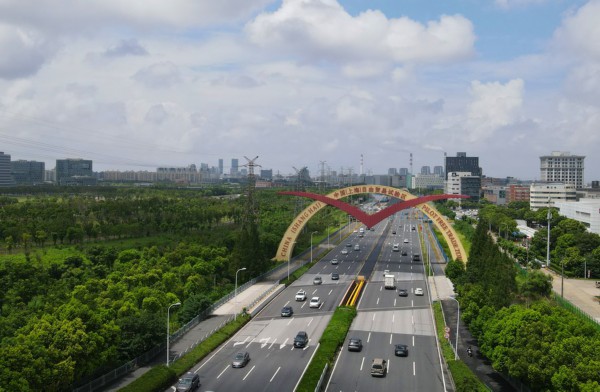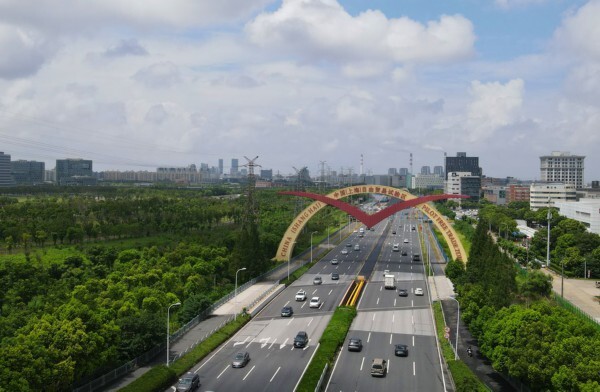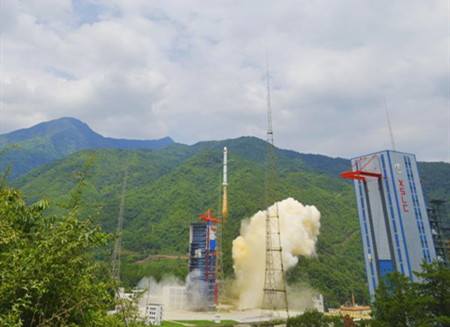
This aerial photo taken on Aug. 1, 2023 shows a view of the China (Shanghai) Pilot Free Trade Zone in east China's Shanghai. (Xinhua/Fang Zhe)
China's negative lists for foreign investment have been reduced by more than 80 percent since 2013, when the negative list approach was first adopted in China's inaugural pilot free trade zone (FTZ) in Shanghai, according to an official from the Ministry of Commerce.
The shrinking negative lists mirror the progress of China's opening-up in various sectors, said Yang Zhengwei, head of the ministry's department of pilot FTZs and free trade ports. In agriculture, for example, restrictions remain only in the seed sector.
Negative lists related to manufacturing in FTZs have been cleared, and the services sector is encouraging more foreign-controlled or wholly foreign-owned businesses, he said.
Today, foreign enterprises have become accustomed to checking negative lists when they first come to China.
But 10 years ago, the negative list approach was quite new for China, and a key reason that pilot FTZs were established was to trial such an approach, he said.
The negative lists for foreign investment access were promoted nationwide in 2017, indicating accelerated opening-up, he said.
China now has 21 FTZs and the Hainan Free Trade Port. The 21 FTZs accounted for nearly 18 percent of the country's total imports and exports in 2022.






